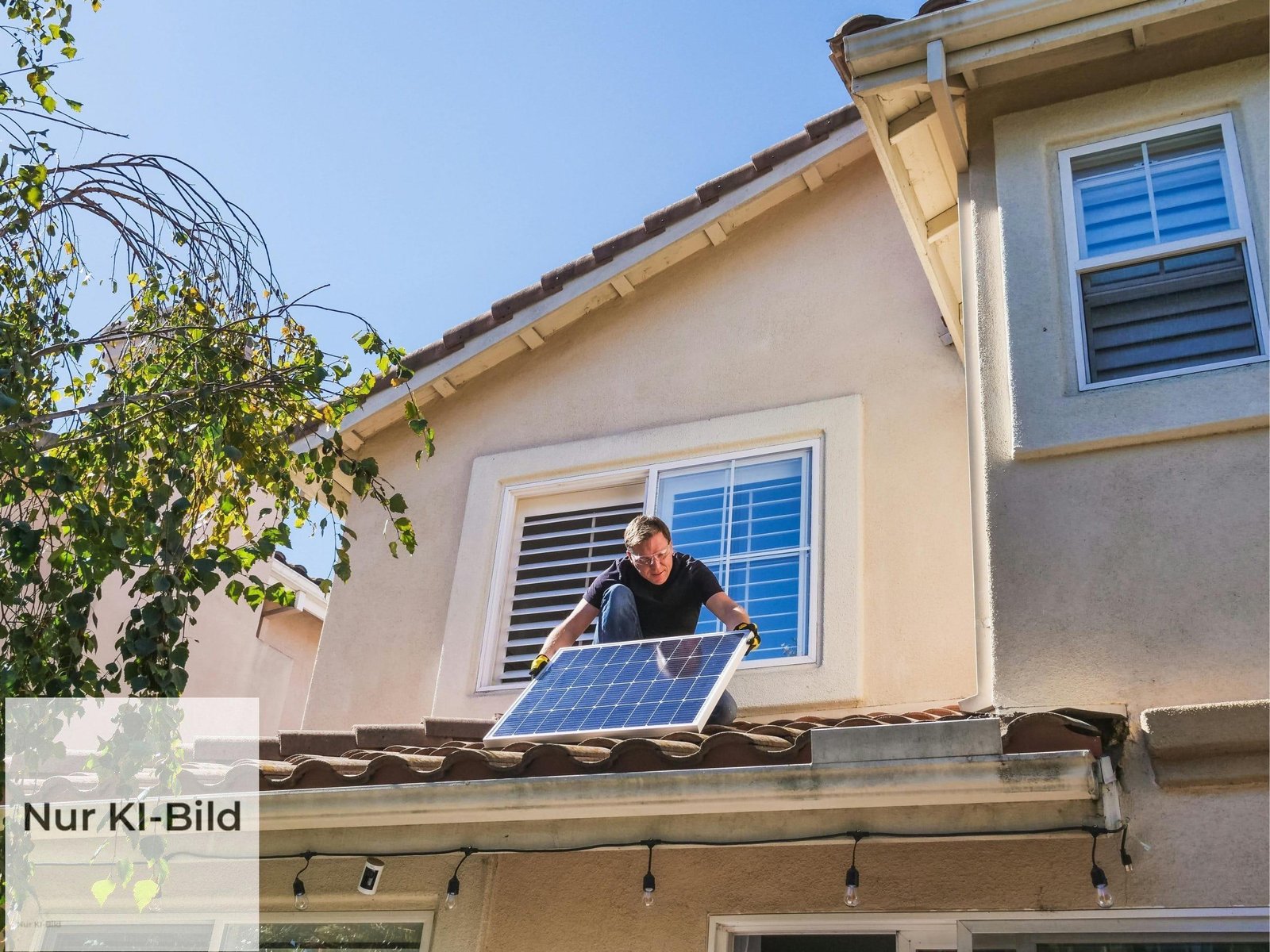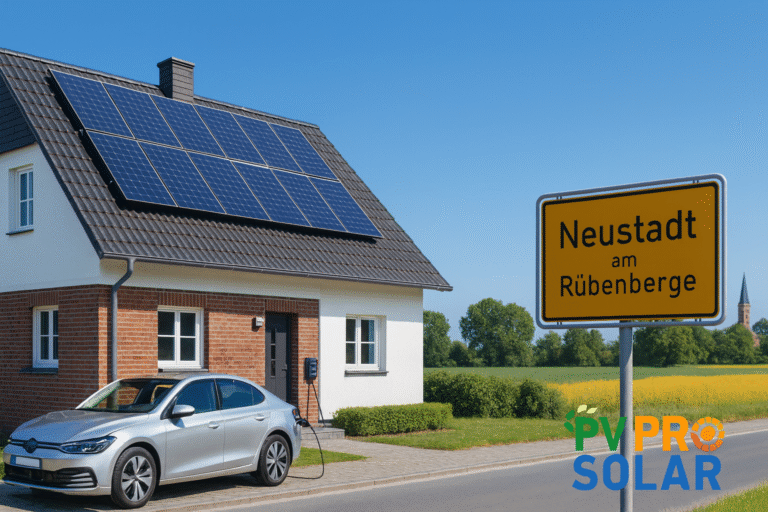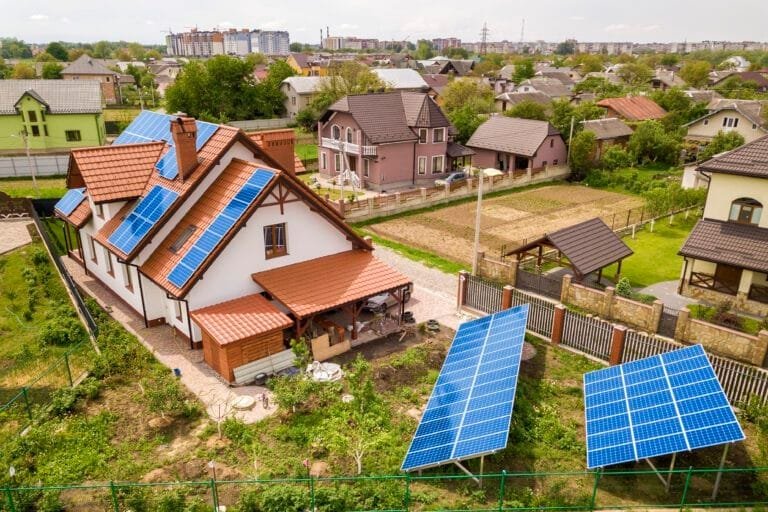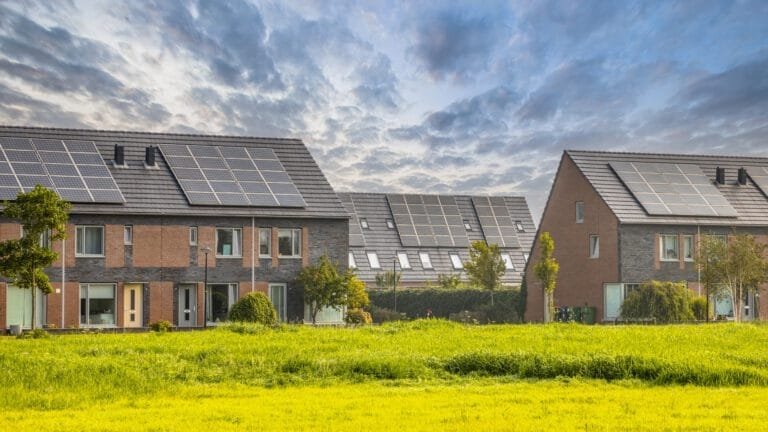Balcony solar system: An affordable and sustainable solution for urban living
A balcony solar system offers an ideal solution for apartment residents who want to harness solar energy in a compact and efficient way—without needing large roof areas or outdoor spaces.
This blog explains how balcony solar systems work, what benefits they offer, what costs are involved, and how combining a solar system with battery storage can boost efficiency and sustainability.
What is a Balcony Solar System?
A balcony solar system is a small-scale solar solution designed specifically for limited spaces such as balconies, terraces, or small gardens. It’s ideal for urban residents who want to reduce their reliance on grid electricity.
Key components of a balcony solar system:
-
Solar panels: Compact modules optimized for urban environments
-
Micro-inverter: Converts direct current (DC) from the panels into alternating current (AC) for home use
-
Plug-in connection: Allows direct connection to a standard wall socket
-
Battery storage (optional): A solar system with storage lets you use solar energy even at night or on cloudy days
How Does a Balcony Solar System Work?
-
Solar energy collection: The solar panels capture sunlight and convert it into electricity.
-
Energy conversion: The micro-inverter ensures the electricity is compatible with household appliances.
-
Immediate use: The generated power runs your devices and reduces your reliance on the power grid.
-
Optional battery storage: Excess energy is stored for later use, increasing overall efficiency.
Balcony solar systems typically generate between 200W and 600W—enough to power small household appliances or offset daytime electricity use.
Benefits of a Balcony Solar System
-
Affordable energy solution: A balcony solar system offers an accessible entry point into renewable energy. Compared to large rooftop installations, the cost is significantly lower—between €500 and €1,500. Long-term savings on electricity bills make it a smart investment.
-
Sustainable living: Solar energy is clean and renewable. With a balcony solar system, you reduce your carbon footprint and contribute to a greener future.
-
Energy independence: A system with battery storage allows you to store surplus energy during the day and use it at night, further reducing dependence on conventional energy sources.
-
Designed for compact spaces: These systems are tailored for urban living, making them ideal for apartment dwellers.
-
Easy installation: Most systems are DIY-friendly and require minimal setup. Renters can install them easily and take them along when they move.
Costs and Incentives for Balcony Solar Systems
The cost of a balcony solar system depends on capacity, quality, and whether you include battery storage. A basic system typically costs between €500 and €1,000. With storage, prices can go up to €1,500 or more.
In Germany, various incentive programs help make the switch to renewable energy more affordable:
-
KfW loans: Low-interest loans are available for small solar systems, including balcony installations.
-
Regional subsidies: Some federal states offer grants to reduce upfront costs.
-
Feed-in tariffs: While less common for balcony systems, some households can receive compensation for surplus energy fed into the grid.
Battery storage incentives: Solar systems with battery storage benefit from programs that promote energy efficiency and independence.
How to Maximize the Benefits of a Balcony Solar System?
-
Optimal placement: Position your panels to face south or southeast for maximum sunlight exposure.
-
Add battery storage: A storage unit ensures you can use solar energy even during low-sun periods or at night.
-
Track your energy use: Use monitoring tools to track performance and optimize energy savings.
-
Take advantage of local subsidies: Research regional programs to help reduce your investment costs.
Challenges of Balcony Solar Systems
-
Limited output: These systems produce less power than full-scale installations, making them more suitable for small-scale use.
-
Shading issues: Efficiency depends on sunlight. Balconies with heavy shading may experience reduced performance.
-
Regulatory requirements: Inform your utility provider and ensure that your system complies with local regulations.
Why Balcony Solar Systems Represent the Future of Urban Energy?
For city dwellers, a balcony solar system offers an affordable, space-saving way to tap into renewable energy. By reducing dependence on traditional sources and integrating battery storage, sustainable living in urban environments becomes easier than ever.
Whether you’re looking to cut electricity costs, shrink your carbon footprint, or explore clean energy options—a balcony solar system is a smart investment in the future.
Ready to bring solar energy into your urban home?
Explore balcony solar systems and find out how you can save electricity, reduce emissions, and contribute to a greener world. With available incentives and the option of adding storage, switching to renewable energy has never been easier.
A balcony solar system typically generates between 200 W and 600 W. This is enough to power smaller household appliances or significantly reduce daytime electricity consumption. When combined with a storage unit, self-consumption becomes even more efficient.
Various subsidies are available for balcony solar systems: KfW loans, regional grants, and battery storage programs. In some cases, households may also apply for a feed-in tariff for surplus electricity fed into the grid. How much electricity does a balcony solar system produce?
What subsidies are available for balcony solar systems in Germany?








